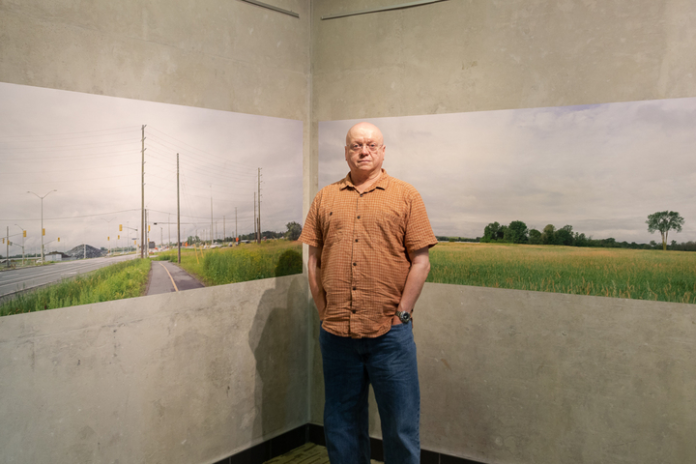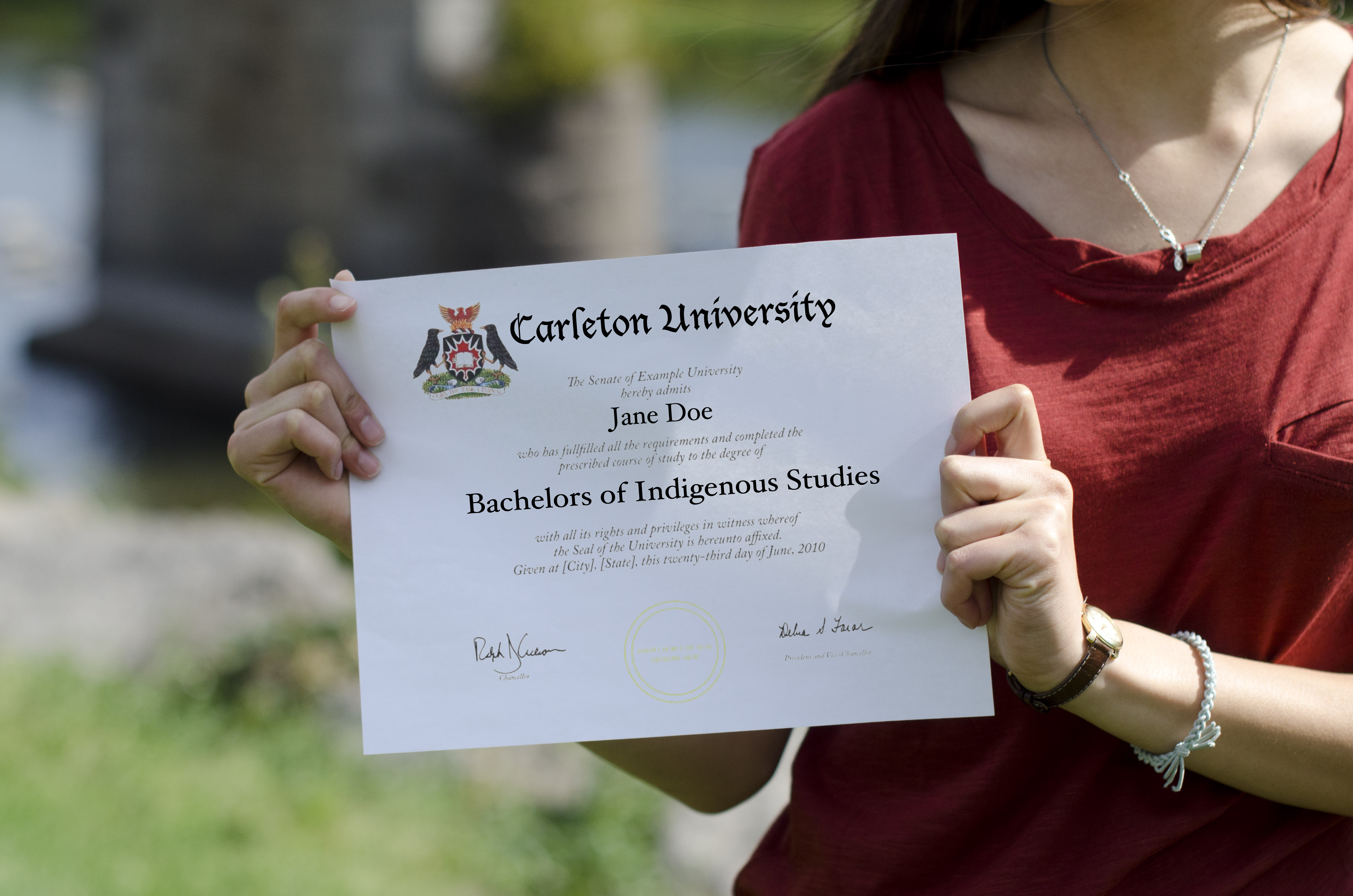
For photographer Jon Stuart, a three-year lesson in documenting ecological history all started with one elm tree off the side of Moodie Drive in Ottawa.
Stuart said he first noticed the strangeness of the lone tree when walking by during the early years of the pandemic.
“This tree stood out for me because it’s a mature elm, and it really shouldn’t be in the middle of a wetland—that’s not where they grow,” he said. “I came back a couple of days later to take some proper photographs of it, and the more I looked around, the more odd it seemed.”
He got in touch with the Rideau Valley Conservation Authority, one of the organizations spearheading the Stillwater wetland rehabilitation project, upon noticing a flipped-over warning sign near the wetland.
The conservation authority cares for the Stillwater wetland alongside several other government and non-profit organizations, including the Ottawa-Carleton Wildlife Centre and the City of Ottawa.
Donna DuBreuil, co-founder and president of the Ottawa-Carleton Wildlife Centre, said the restoration project included repairing and adding more drainage channels in the Stillwater wetland, as well as adding stormwater ponds to help prevent flooding.

“I wanted to be able to communicate the strangeness that can be found in this landscape because for me, that was a real point of engagement. And the more I got to know why it was strange and what was going on, the more I came to appreciate the place,” he said.
His project evolved alongside the landscape—intertwined by moments of light and stillness captured on large-format film.
“I knew that this place was going to literally take root. As I saw that happen, I’d see my goals change … but seeing the landscape change in front of me led me to see different aspects of it.”
James Opp, a history professor at Carleton University, said it is difficult to summarize the role of photography in documenting history.
“Photography doesn’t document history, it can only ever trace its own present, and even then, what the camera pictures is selective, ambiguous and open to many interpretations,” he wrote in an email to the Charlatan.
Stuart’s 24 final photos, which were displayed on sprawling panels of vinyl at the Shenkman Arts Centre in Orleans throughout October, welcomed visitors to step into these moments captured in time.
Stuart said he hoped his photography would “strike a more positive note in terms of showing people that there are good things happening” and added, “engagement leads to appreciation, which leads to stewardship.”
“For me, stewardship is a really broad category and it comes out of a positive relationship from the place. Sometimes stewardship can just be giving it space to recover, as opposed to intervening,” he said.
DuBreuil said the project’s result was “amazing in terms of the biodiversity that’s returned there.”
“At its worst back in 2014, when we raised the concern about how bad it was, all you’d see there was this canary grass. So much of it had dried up and all you would see would be maybe a few redwing blackbirds—now it’s just incredible,” DuBreuil said. “To see it in a restored capacity is pretty magical. And I think [Stuart’s] work depicts this.”
Stuart said he aimed to invite viewers inside the wetlands’ evolution.
“I came up with the idea of bringing the wetland inside […] so I decided this [was] my chance to create those immersive photographs,” he said.
Stuart said he continues to see changes in the evolving landscape, including an increased presence of western chorus frogs chirping in the marshes. If you were to go back to that elm tree off Moodie Drive, the land may look completely different than in his initial photos.
Featured image by Daria Maystruk/the Charlatan.





